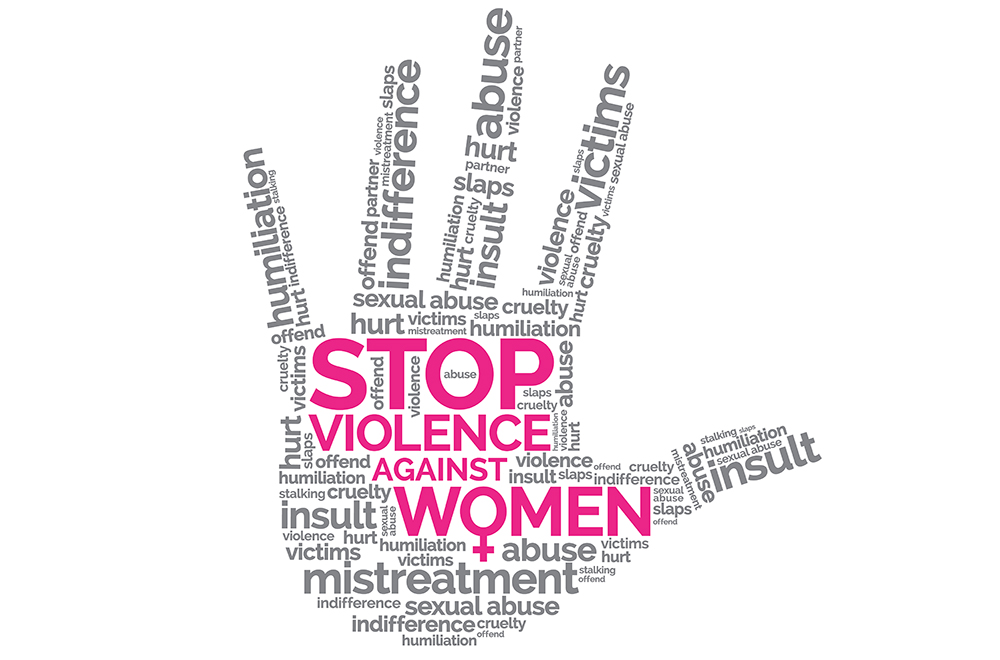Women living with disability were more likely to have experienced a range of violent behaviours over a 12-month period than women without disability, according to new figures from the Australian Bureau of Statistics (ABS).
ABS National Centre for Crime and Justice Statistics director, Will Milne, said new analysis of 2016 Personal Safety Survey data found women living with disability were more likely to have experienced physical violence, partner violence and emotional abuse, sexual harassment and stalking over a 12-month period.
“The greatest disparity in risk was found for partner violence, with results showing that women living with disability were nearly twice as likely as women without disability to have experienced violence by a partner over a 12-month period (2.5 per cent compared with 1.3 per cent),” he said. “We also found that among people with disability, the risk of violence was higher for those aged 18 to 24 years (17 per cent).”
The new analysis also showed that intellectual/psychological disability raised the risk of violence for both men and women.
“Women with an intellectual/psychological disability were nearly three times more likely than women with a physical disability to experience violence (15 per cent compared with 5.2 per cent). For men, the figure was over double (12 per cent compared with 5.8 per cent),” Milne said.
Although three in four (74 per cent) of women with disability experienced anxiety or fear for their personal safety following their most recent incident of physical assault by a male, fewer than one in three (29 per cent) reported the incident to police.
Further information can be found in Disability and Violence – In Focus: Crime and Justice Statistics, April 2021 or the National Sexual Assault, Domestic and Family Violence Counselling Service on: 1800 737 732.

